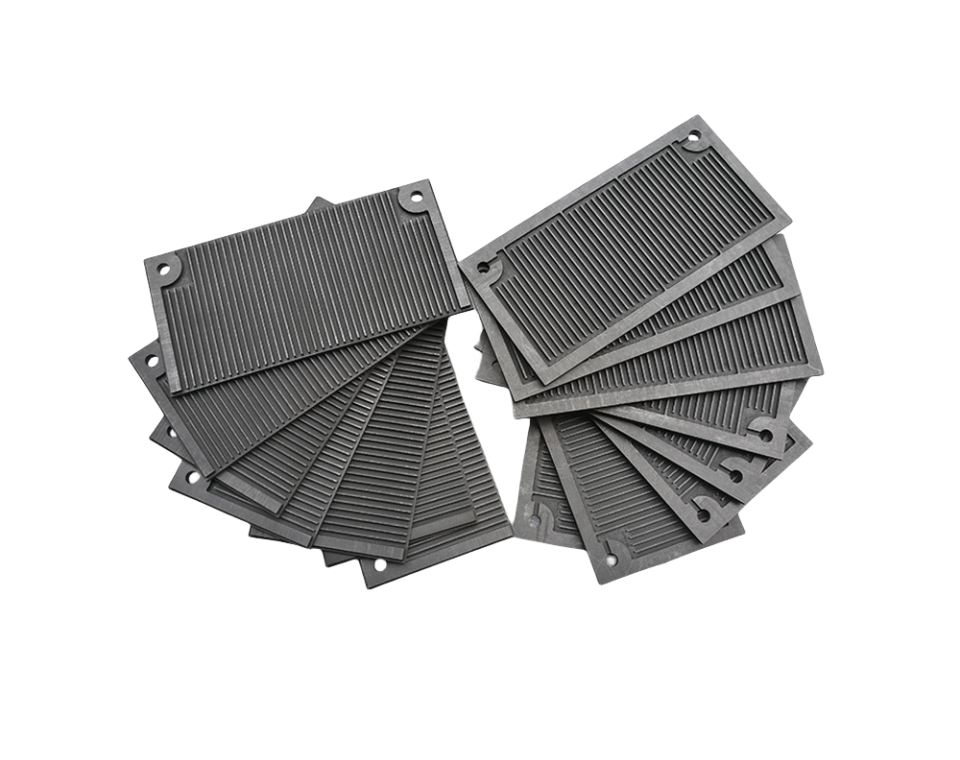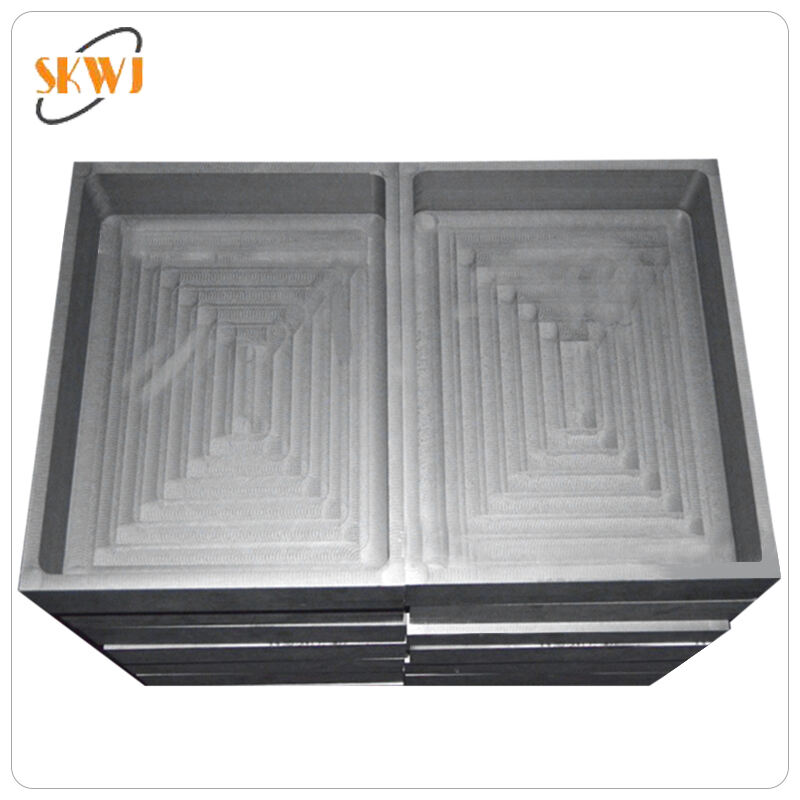natural flake graphite price
Natural flake graphite price represents a crucial economic indicator in the industrial minerals market, reflecting the value of high-quality crystalline graphite extracted from mining operations worldwide. This essential material, characterized by its layered structure and exceptional thermal and electrical conductivity, commands varying prices based on factors including flake size, carbon content, and market demand. The price typically ranges from $500 to $2,000 per metric ton, depending on grade and specifications. Natural flake graphite plays a vital role in numerous applications, from traditional uses in refractories and lubricants to emerging technologies like lithium-ion batteries and fuel cells. The pricing mechanism is influenced by production costs, processing requirements, and the growing demand from electric vehicle manufacturers and renewable energy sectors. Market analysts closely monitor price fluctuations as they indicate broader industrial trends and technological advancement patterns, particularly in green energy initiatives and electronic device manufacturing.





